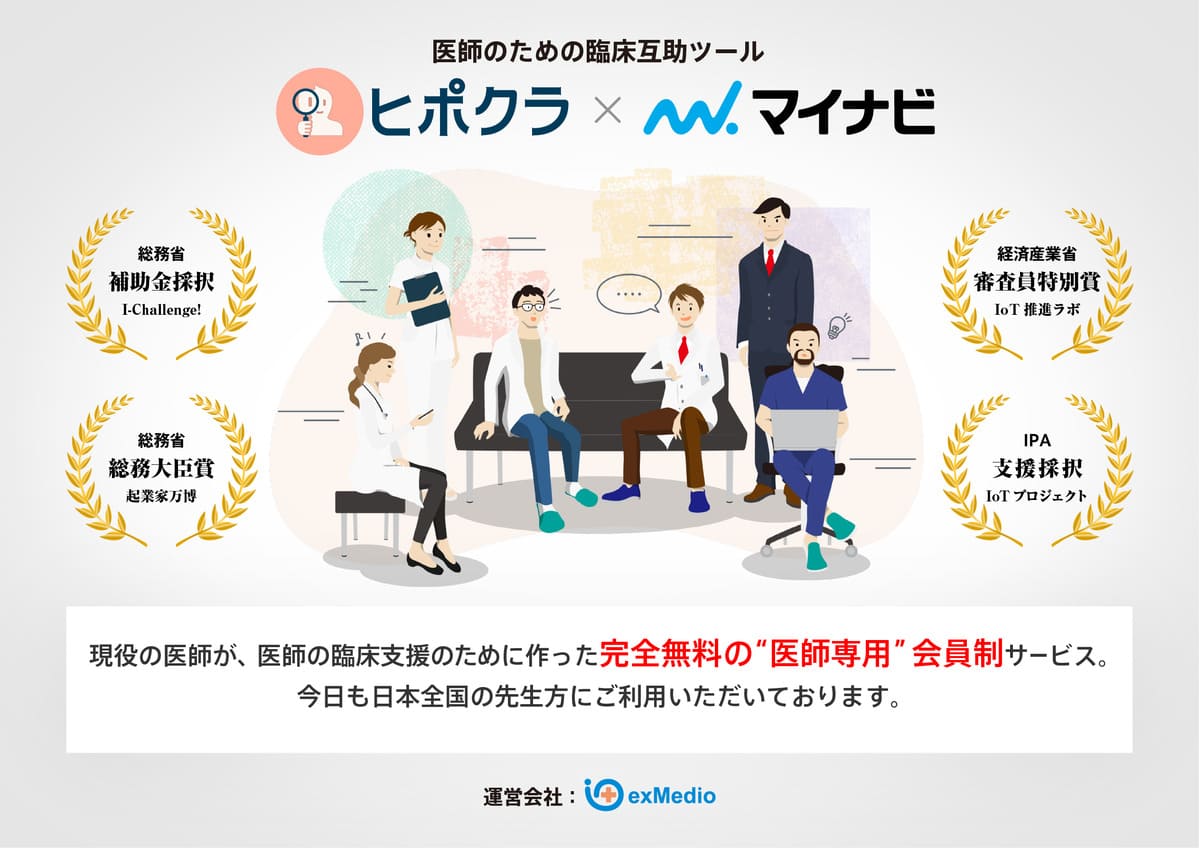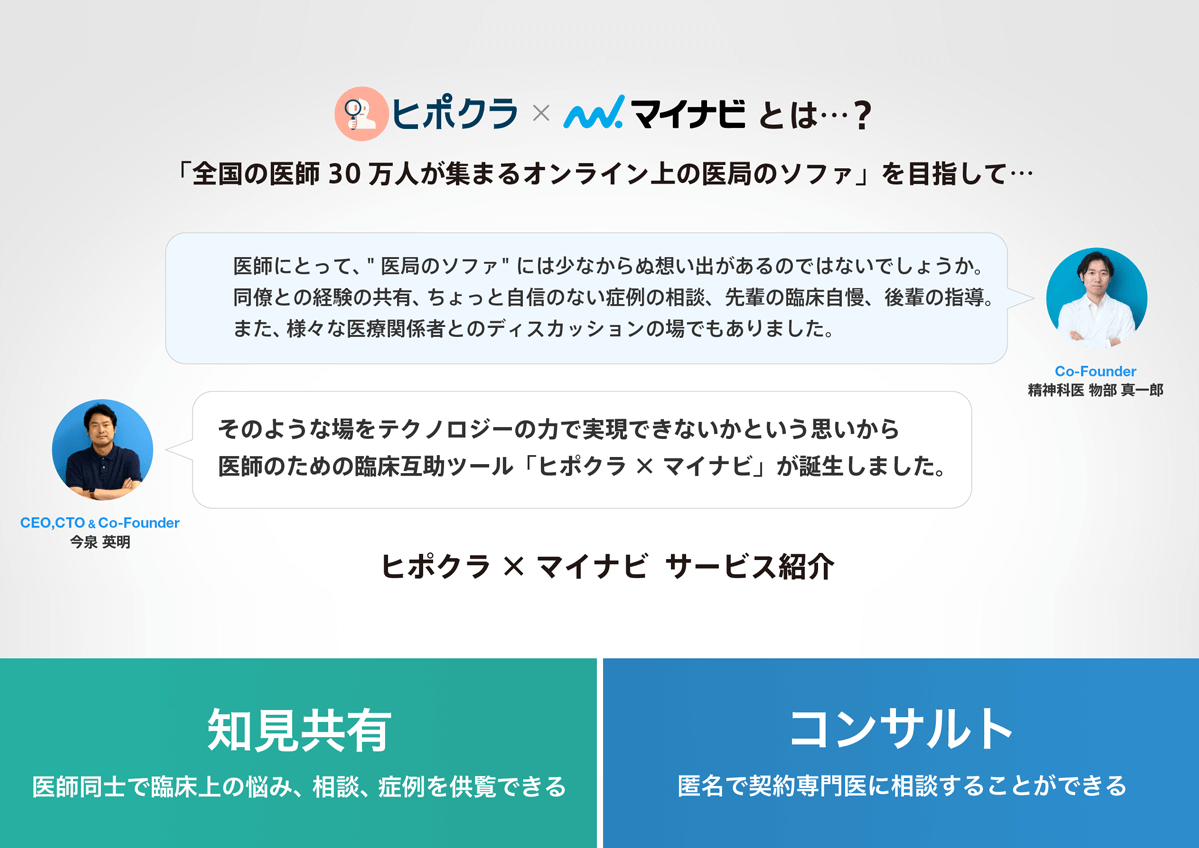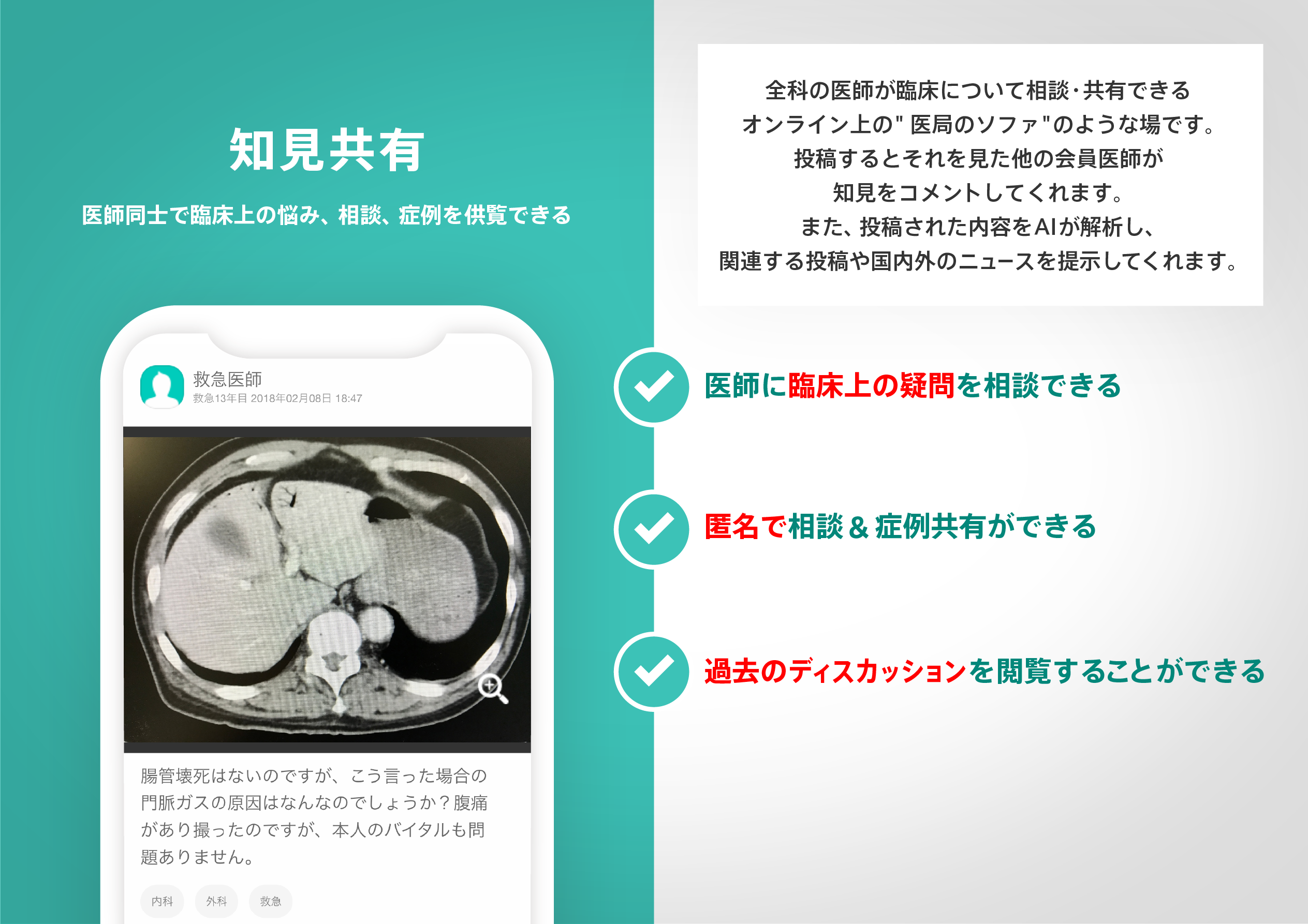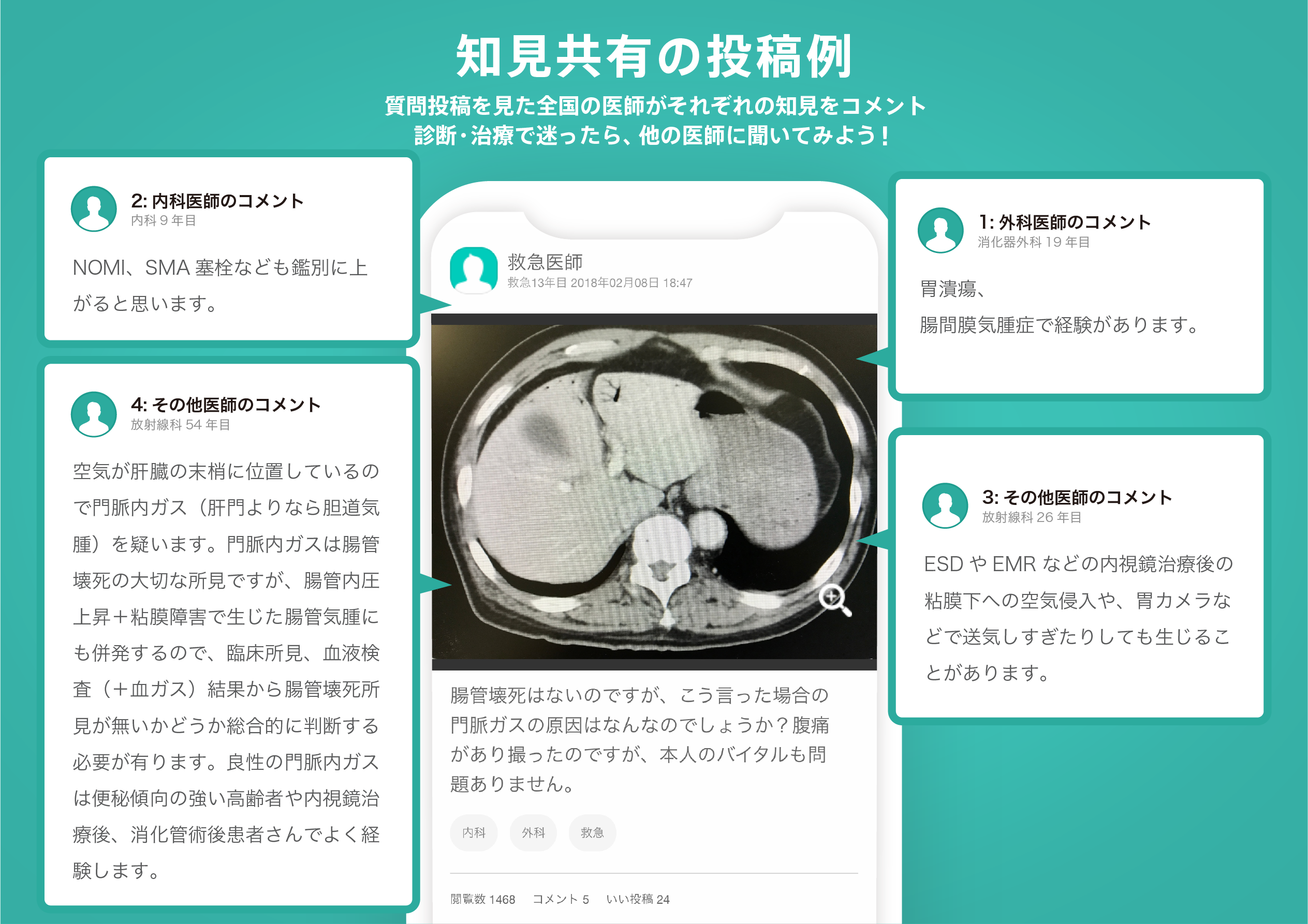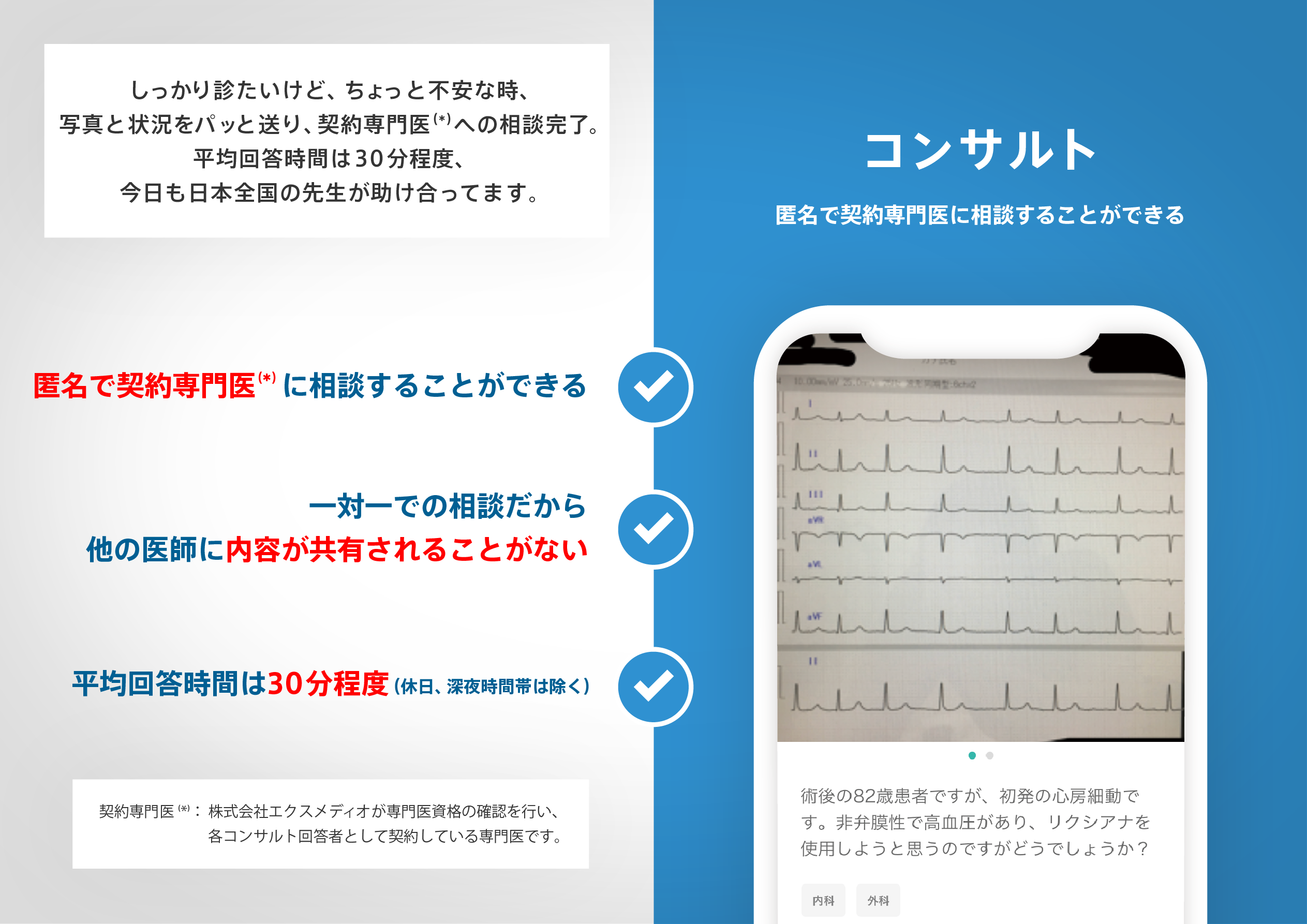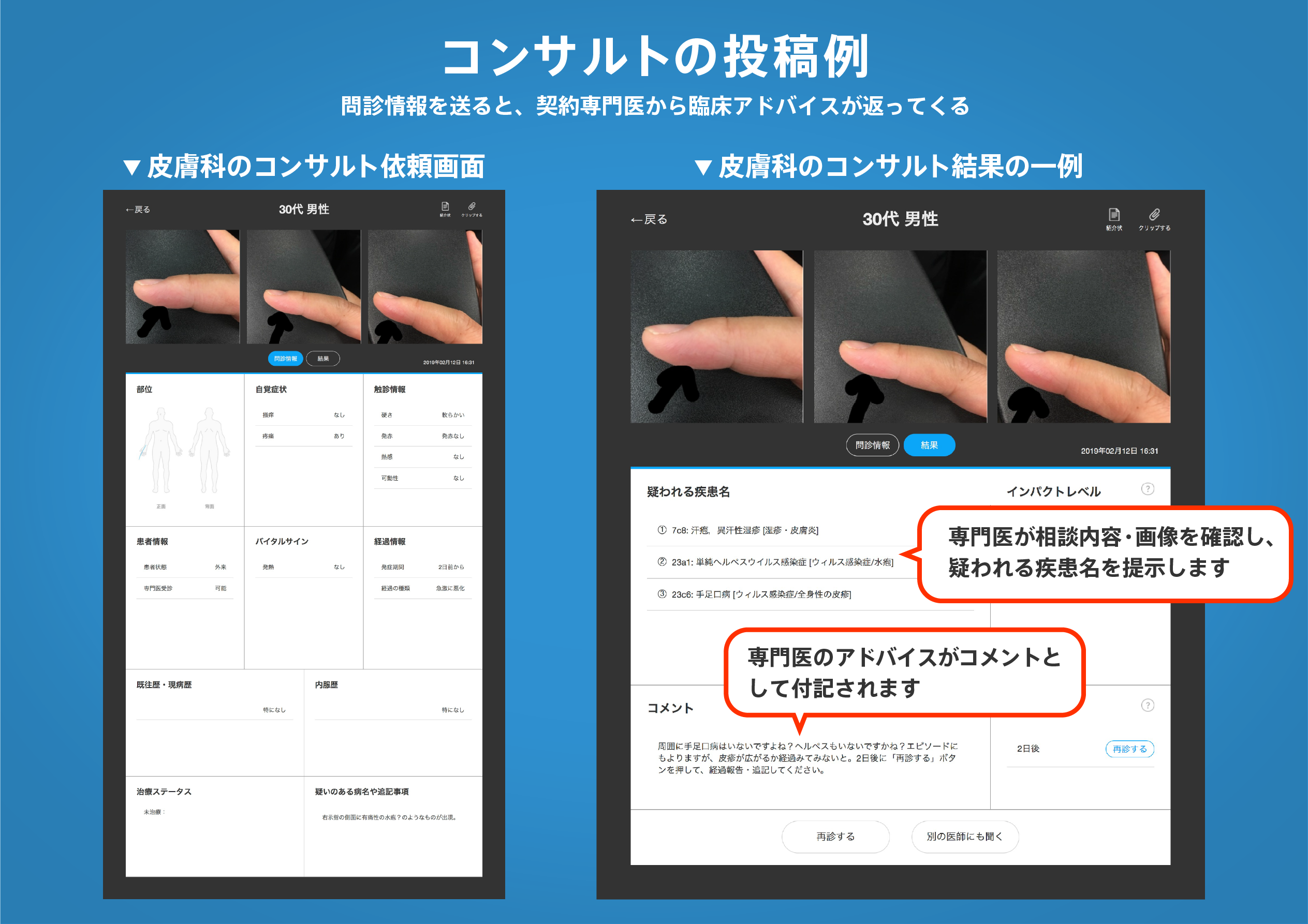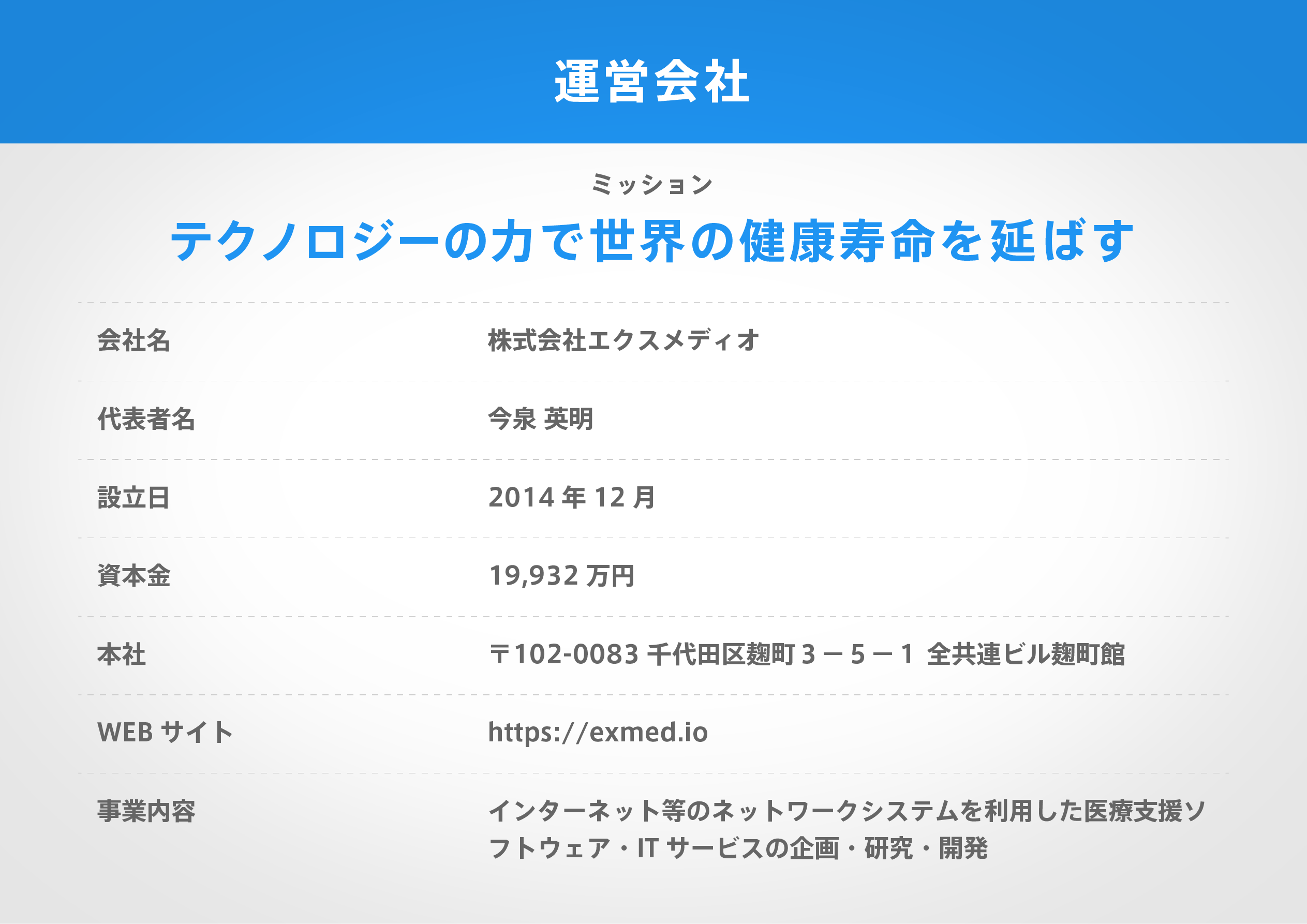著名医師による解説が無料で読めます
すると翻訳の精度が向上します
目的:女性、乳児、子供(WIC)介入のための農場から専門の補足栄養プログラムのコストと費用対効果を評価するための農業摂取量と、ファーマーズマーケットでの農産物購入のためのWICバウチャーの償還。 設計:介入のパイロットからのデータを使用して、経済分析が行われました。野菜の摂取量は、反射分光法(VeggieMeter®[VM])および自己報告を介して評価されました。バウチャーの償還はWICによって報告されました。参加者ごとの介入費用と費用対効果比率(介入あたりのコストとして表される)は、介入を実施する機関の観点から6か月間にわたって2019年の米ドルで推定されました。 設定:大規模な都市のWIC代理店。 参加者:参加者は297人のWICに登録された大人でした。 結果:介入後、VMスコア、自己申告の野菜摂取量、バウチャー償還は、対照研究グループと比較して介入で高かった。6か月間、介入費用は31092ドル(参加者ごとに194ドルの単位コスト)でした。対照群と比較して、介入は、参加者あたりVMスコアの増加あたり8.10ドル、参加者ごとに消費される野菜のカップ/dの増加あたり3.85ドル、参加者1人あたりのバウチャー償還のパーセンテージポイントの増加あたり3.29ドルかかりました。 結論:介入コストと費用対効果の比率は、低所得層の野菜摂取を標的とする他の介入について報告されたものと好意的に比較され、プログラムが野菜の購入と消費を促進するのに費用対効果が高いことを示唆しています。有効性の単位あたりのコストとして表される費用対効果比を比較するためのベンチマークはないため、これが事件であるかどうかに関する結論は、さらなる研究を待たなければなりません。
目的:女性、乳児、子供(WIC)介入のための農場から専門の補足栄養プログラムのコストと費用対効果を評価するための農業摂取量と、ファーマーズマーケットでの農産物購入のためのWICバウチャーの償還。 設計:介入のパイロットからのデータを使用して、経済分析が行われました。野菜の摂取量は、反射分光法(VeggieMeter®[VM])および自己報告を介して評価されました。バウチャーの償還はWICによって報告されました。参加者ごとの介入費用と費用対効果比率(介入あたりのコストとして表される)は、介入を実施する機関の観点から6か月間にわたって2019年の米ドルで推定されました。 設定:大規模な都市のWIC代理店。 参加者:参加者は297人のWICに登録された大人でした。 結果:介入後、VMスコア、自己申告の野菜摂取量、バウチャー償還は、対照研究グループと比較して介入で高かった。6か月間、介入費用は31092ドル(参加者ごとに194ドルの単位コスト)でした。対照群と比較して、介入は、参加者あたりVMスコアの増加あたり8.10ドル、参加者ごとに消費される野菜のカップ/dの増加あたり3.85ドル、参加者1人あたりのバウチャー償還のパーセンテージポイントの増加あたり3.29ドルかかりました。 結論:介入コストと費用対効果の比率は、低所得層の野菜摂取を標的とする他の介入について報告されたものと好意的に比較され、プログラムが野菜の購入と消費を促進するのに費用対効果が高いことを示唆しています。有効性の単位あたりのコストとして表される費用対効果比を比較するためのベンチマークはないため、これが事件であるかどうかに関する結論は、さらなる研究を待たなければなりません。
OBJECTIVE: To evaluate the cost and cost-effectiveness of a farm-to-Special Supplemental Nutrition Programme for Women, Infants and Children (WIC) intervention to promote vegetable intake and the redemption of WIC vouchers for produce purchases at farmers' markets. DESIGN: An economic analysis was undertaken using data from a pilot of the intervention. Vegetable intake was assessed with a reflection spectroscopy device (the Veggie Meter® [VM]) and via self-report. Voucher redemption was reported by WIC. Total and per participant intervention costs and cost-effectiveness ratios (expressed as cost per intervention effect) were estimated in 2019 US dollars over a 6-month period from the perspective of the agency implementing the intervention. SETTING: A large, urban WIC agency. PARTICIPANTS: Participants were 297 WIC-enrolled adults. RESULTS: Post-intervention, VM scores, self-reported vegetable intake and voucher redemption were higher in the intervention as compared with the control study group. Over the 6-month period, intervention costs were $31 092 ($194 unit cost per participant). Relative to the control group, the intervention cost $8·10 per increased VM score per participant, $3·85 per increased cup/d of vegetables consumed per participant and $3·29 per increased percentage point in voucher redemption per participant. CONCLUSIONS: Intervention costs and cost-effectiveness ratios compared favourably with those reported for other interventions targeting vegetable intake in low-income groups, suggesting that the programme may be cost effective in promoting vegetable purchases and consumption. As there is no benchmark against which to compare cost-effectiveness ratios expressed as cost per unit of effectiveness, conclusions regarding whether this is the case must await further research.
医師のための臨床サポートサービス
ヒポクラ x マイナビのご紹介
無料会員登録していただくと、さらに便利で効率的な検索が可能になります。
